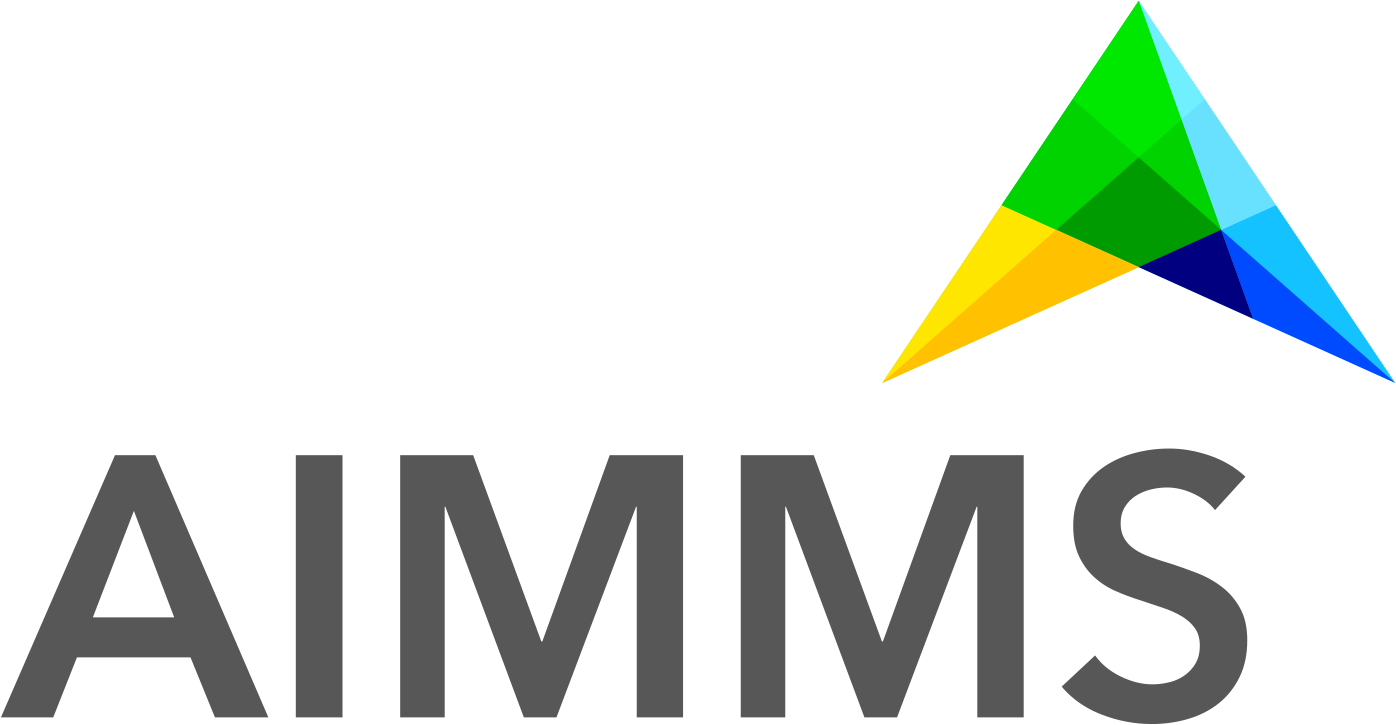Welcome to the
AIMMS E-learning Center
Whether you're new to AIMMS, or learning advanced features, we've got courses to help you build your knowledge.
Our courses are designed to propel your career and transform businesses
30+ Years Heritage
Founded in 1989, AIMMS has a rich history of working with global companies.
Industry Instructors
Get tailored insights from experienced OR and Supply Chain Consultants.
Flexible Learning Environment
Learn at your own pace with concise videos and hands-on exercises.
Our Courses
\Learnworlds\Codeneurons\Pages\ZoneRenderers\CourseCards
Become a member. Join our community.
Become a member of our vibrant AIMMS community. Together, let's explore the endless possibilities at the intersection of optimization, analytics, and modeling.

